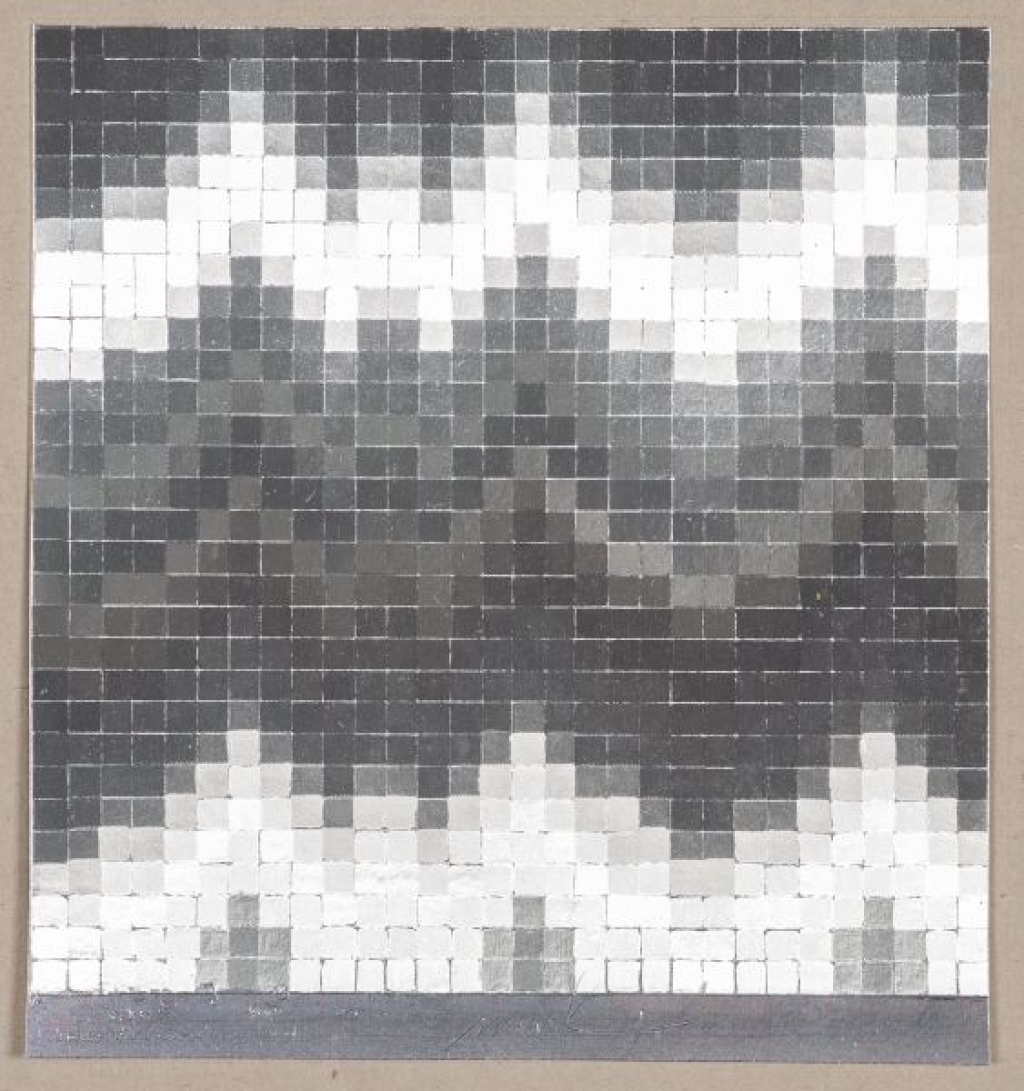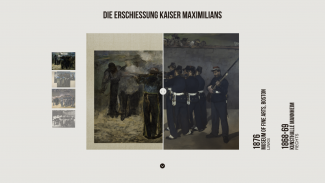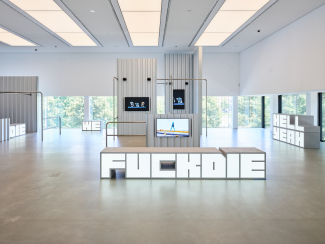Printing Without Ink

The art of the 1950s and 1960s is characterized by numerous revolts and upheavals as well as a general questioning of existing genre boundaries. In the field of print graphics many artists at the time also overturned the rigid principles which had held sway to date, searching for new techniques and pictorial forms. One of these experiments, to develop a completely new approach to graphics, circled around the attempt to dispense with ink in the immediate printing process, instead employing alternative methods to leave visible traces on the selected picture ground. Embossing or relief printing for example, generates graphics based solely on the plastic deformation of the carrier medium, with the play of light and shadow lending them their special appeal. By punching out specific sections of the sheet, perforations such as Lucio Fontana’s “Teatrini”, break with the genre’s traditional two-dimensionality. And finally material and foil printing demonstrate that inkless printing does not always have to result in colorless works.
The graphic works from artists such as César, Lucio Fontana, Heinz Mack, Leo Erb, or Günther Uecker shown in the exhibition illustrate the great breadth of these new printing processes which were first employed to a greater extent from the 1960s. The spectrum of the works shown range from strict geometrical compositions to organic-expressive works and encompasses many of the art movements that flowered from the 1960s onwards such as Pop and Op art, Concrete art, or Nouveaux Réalistes.
Curator: Dr. Mathias Listl




